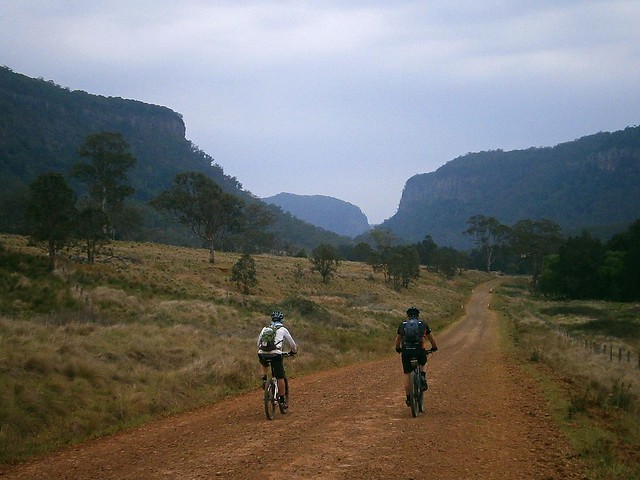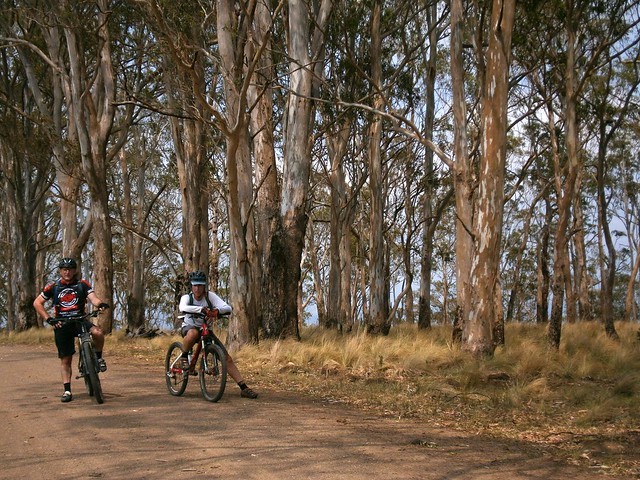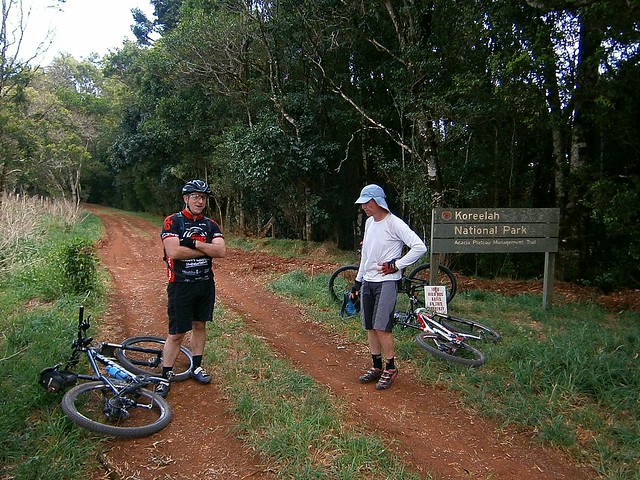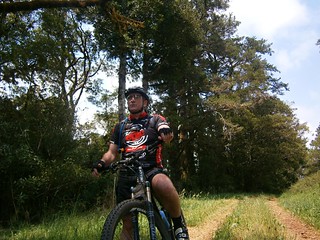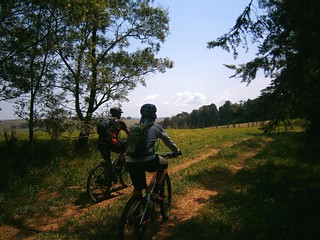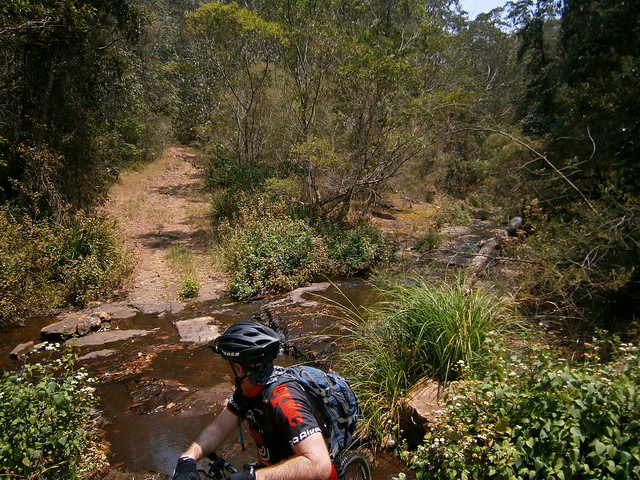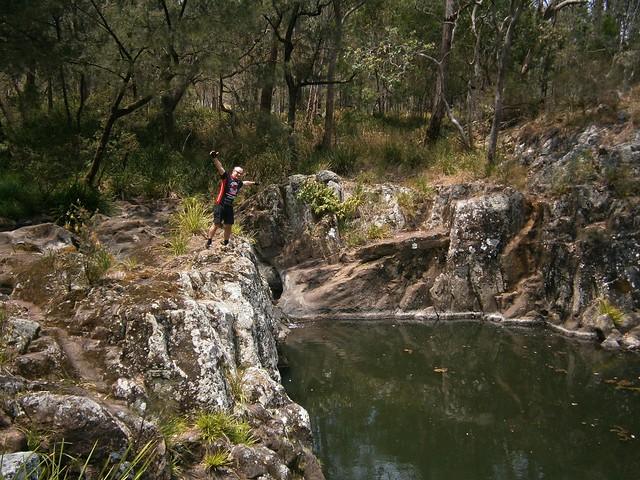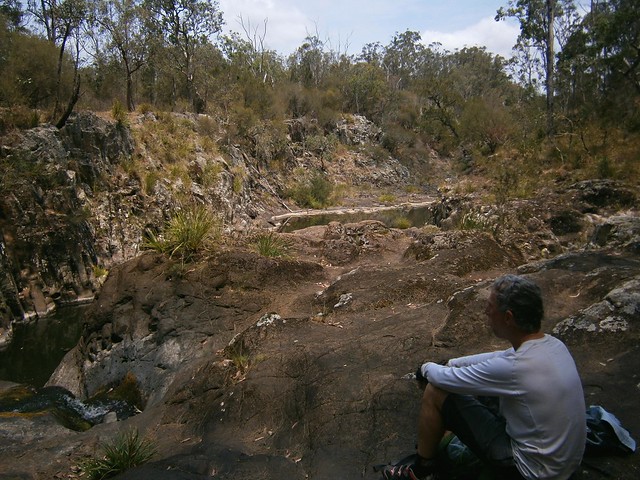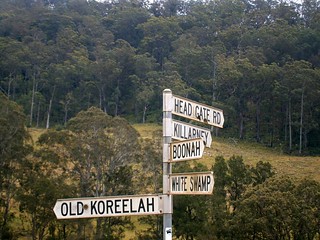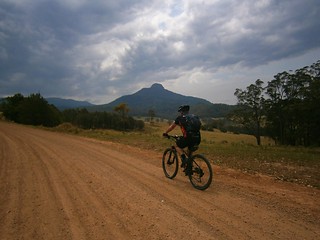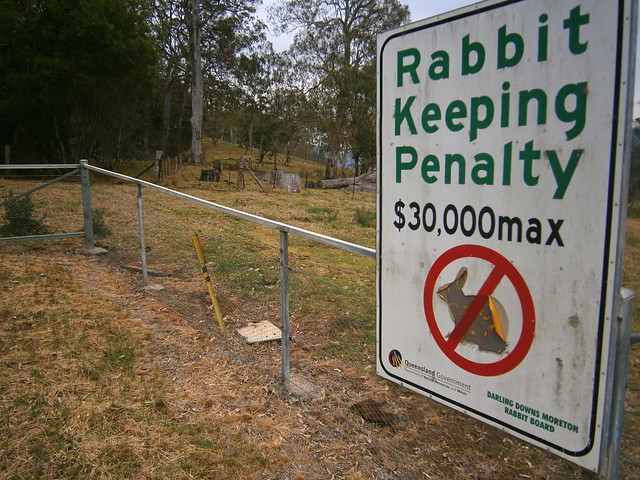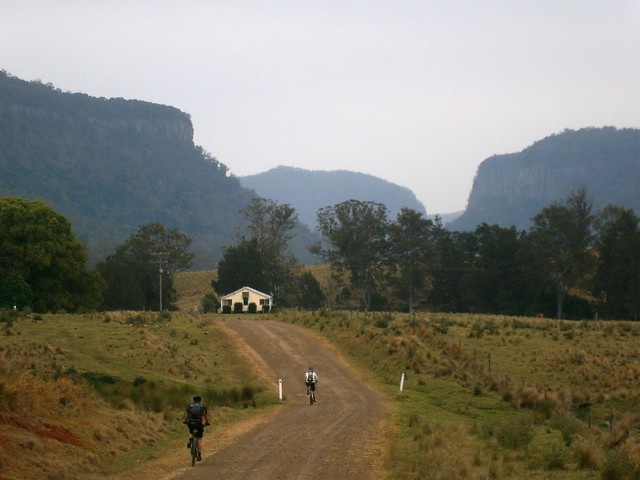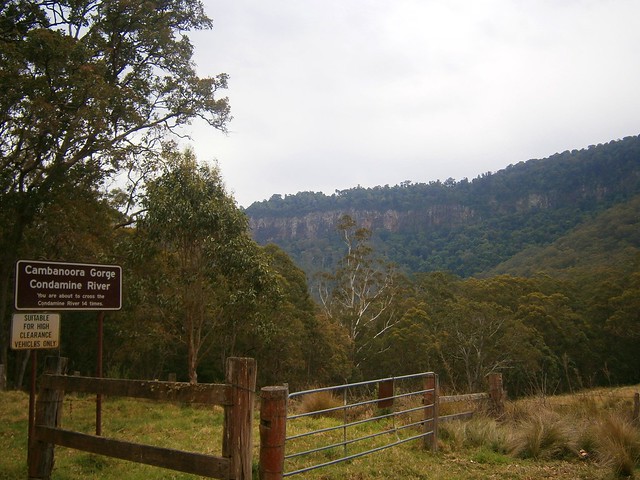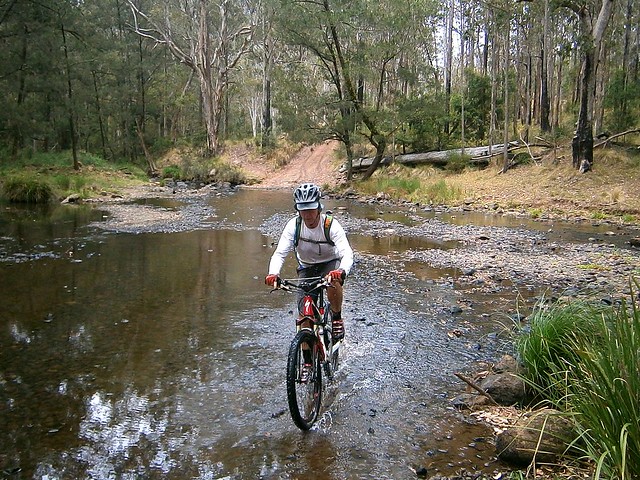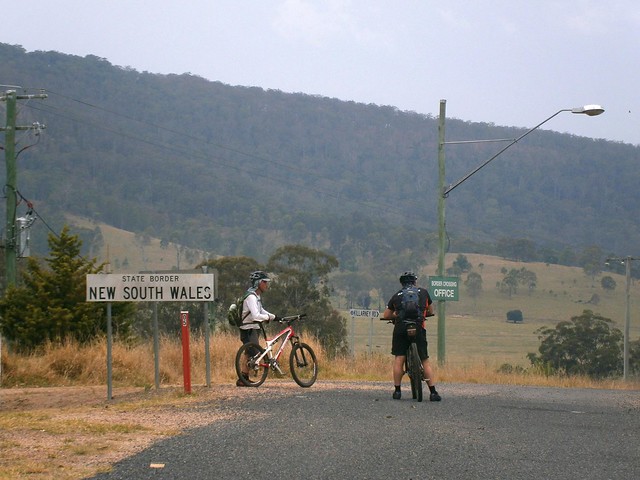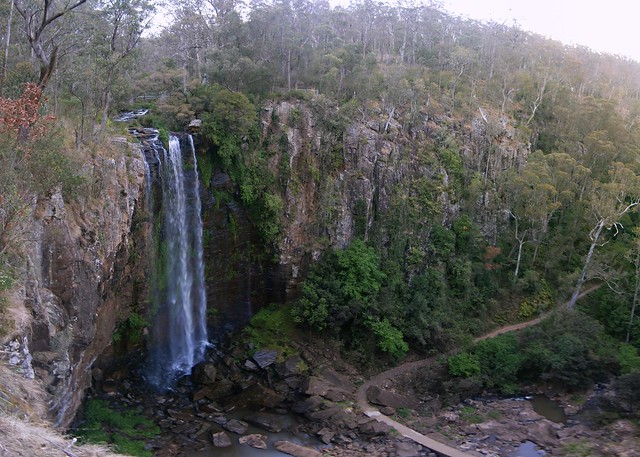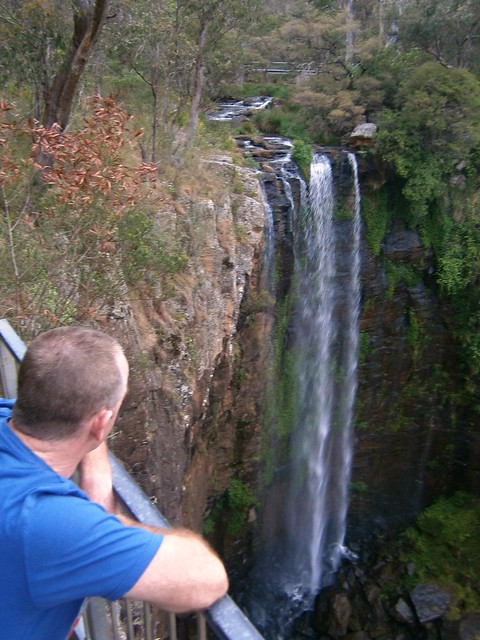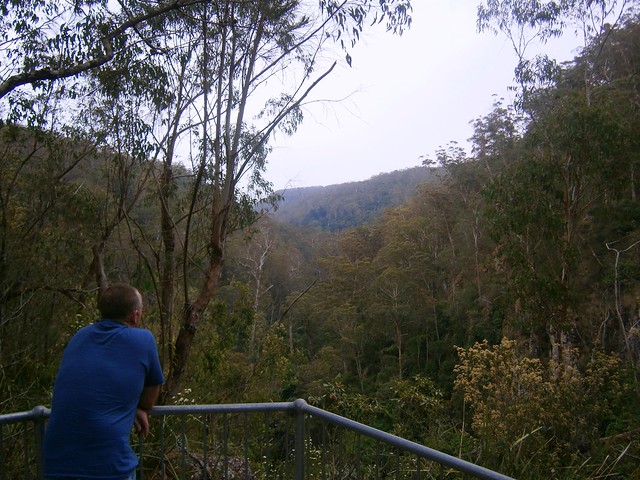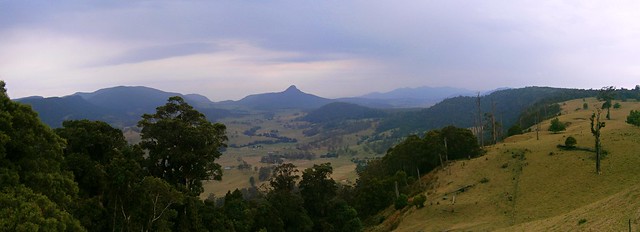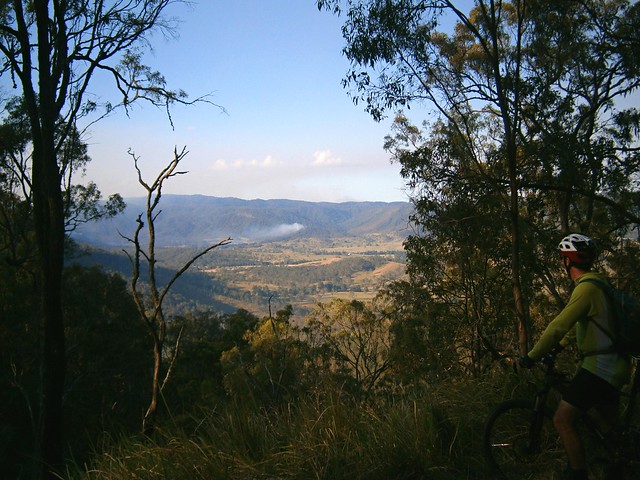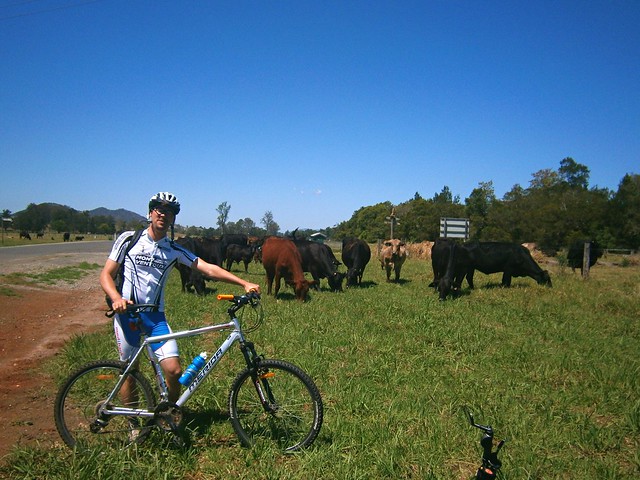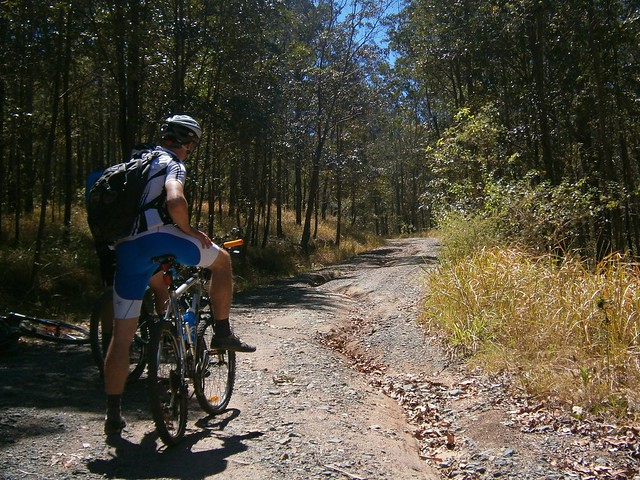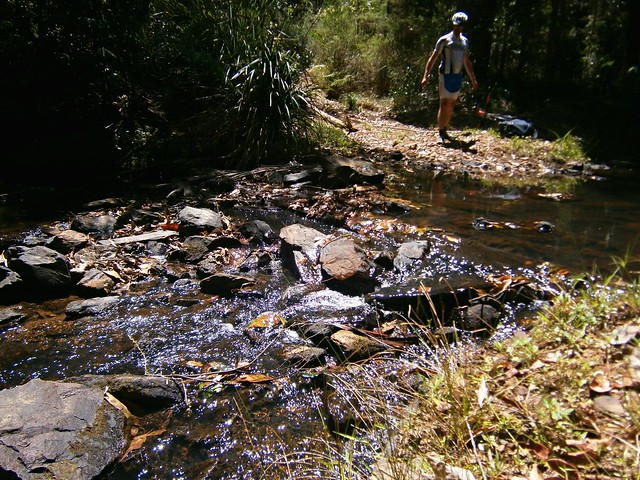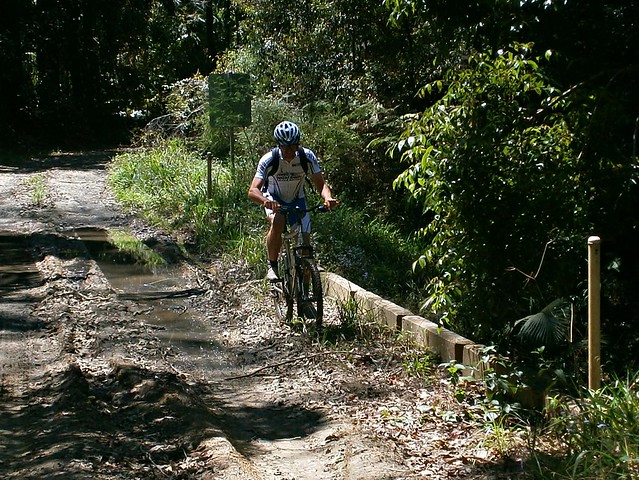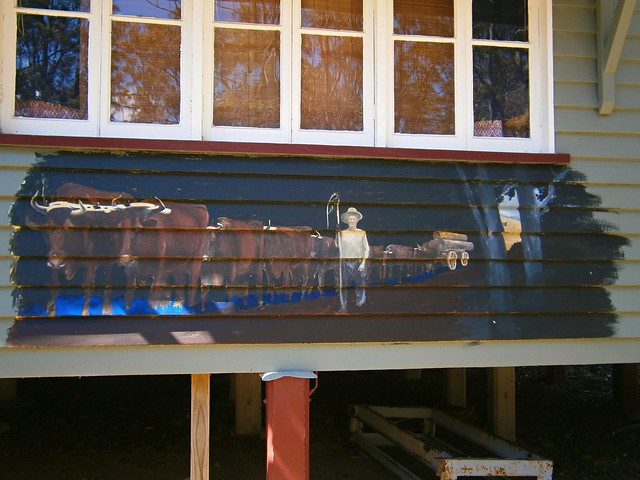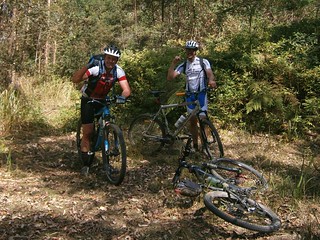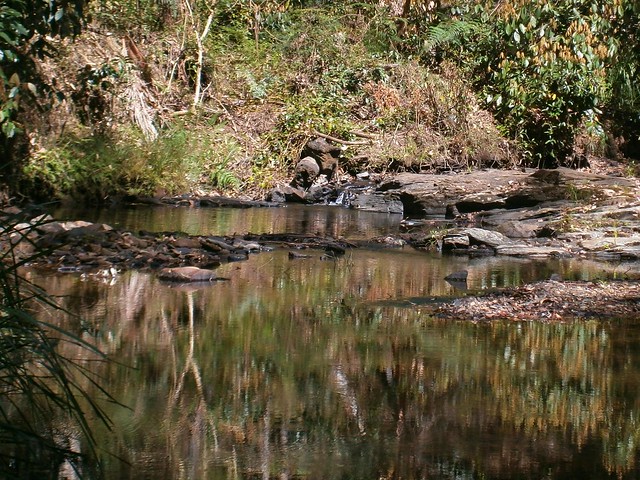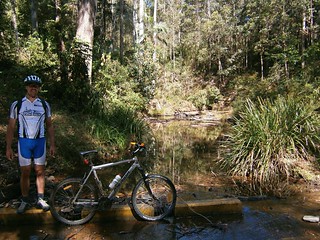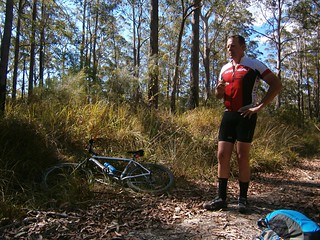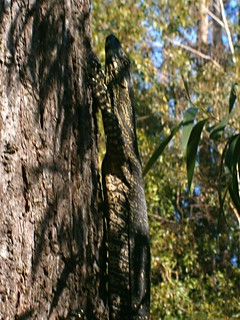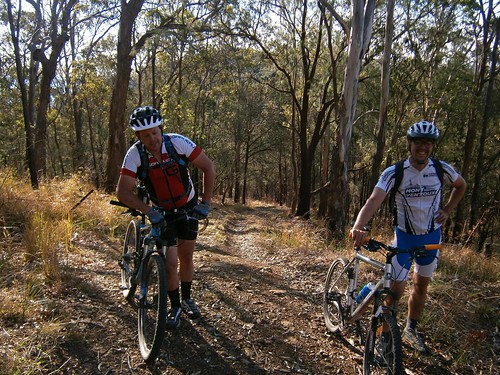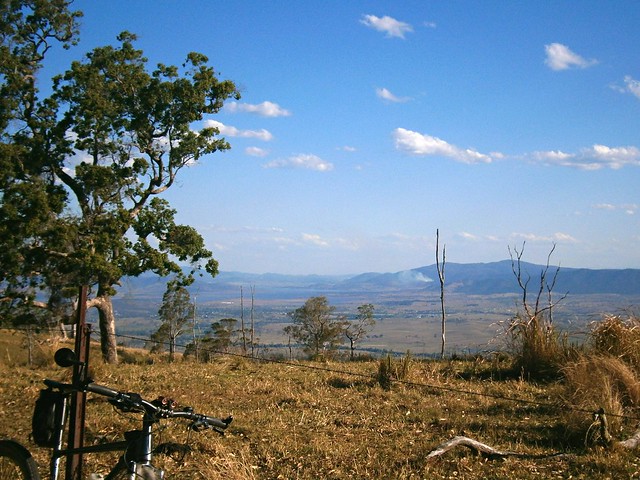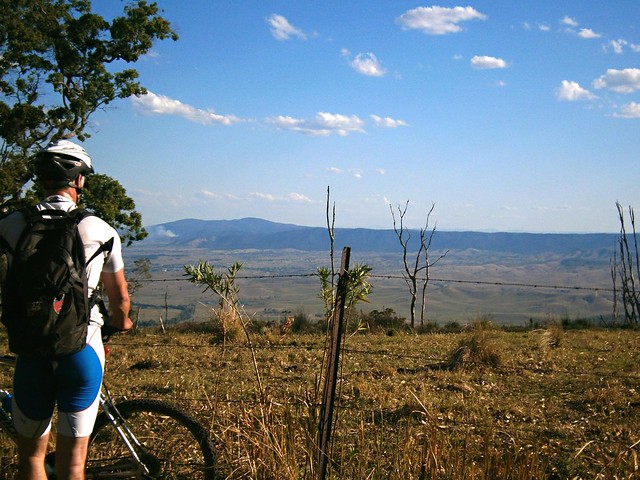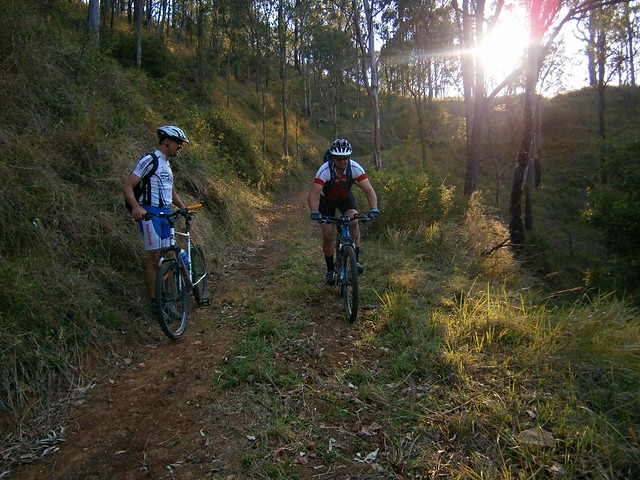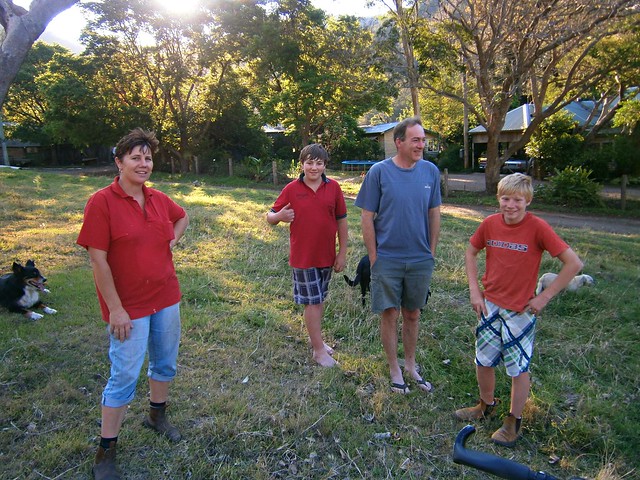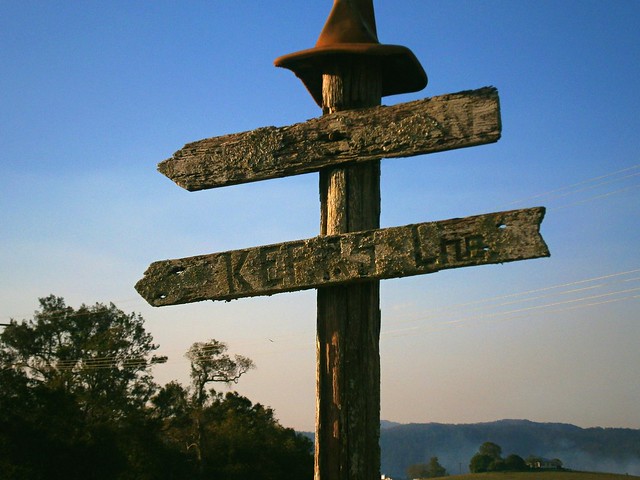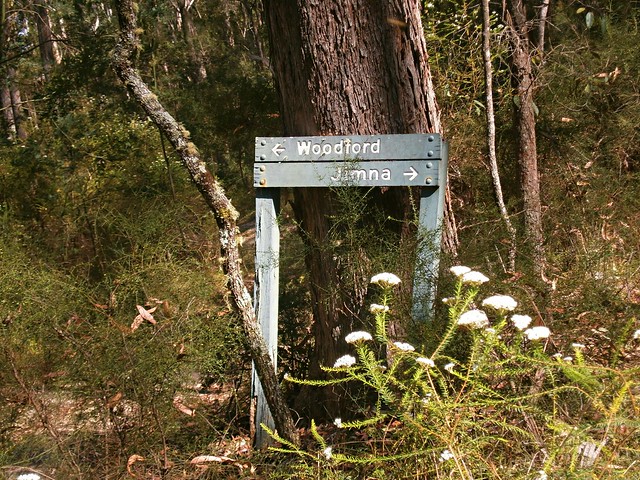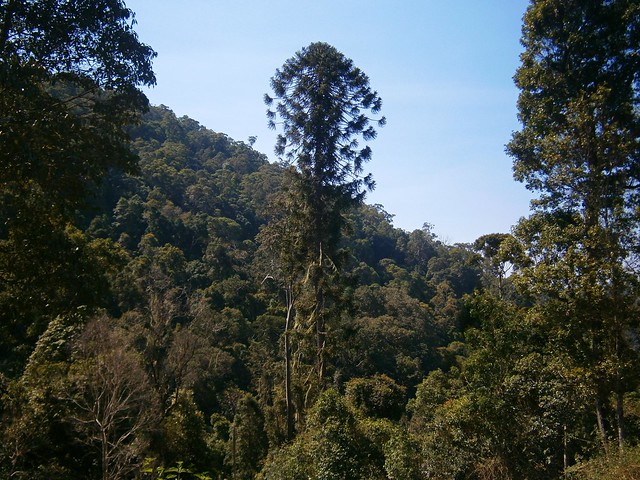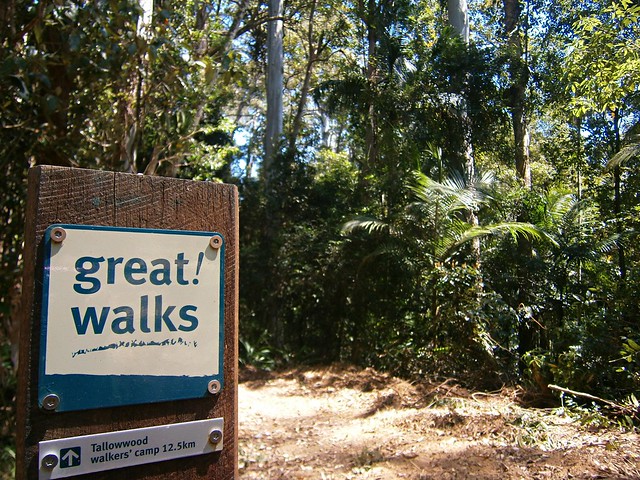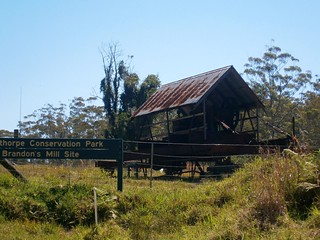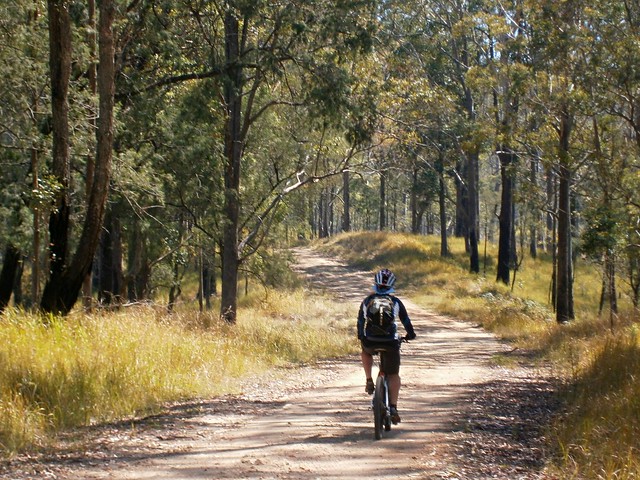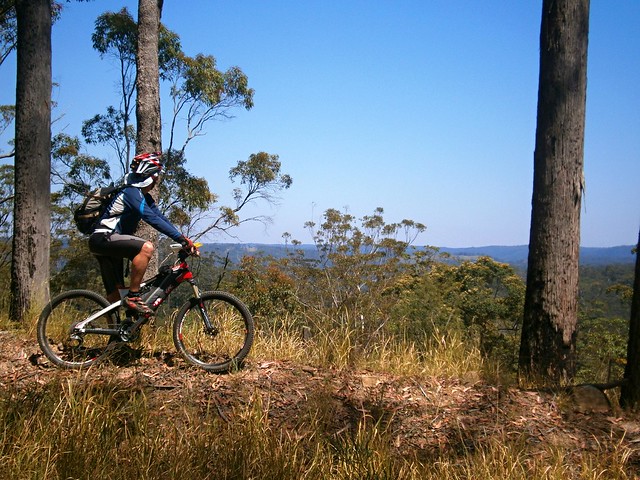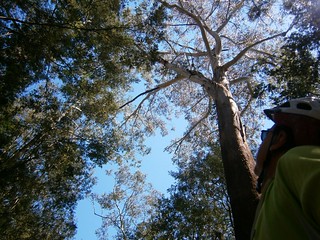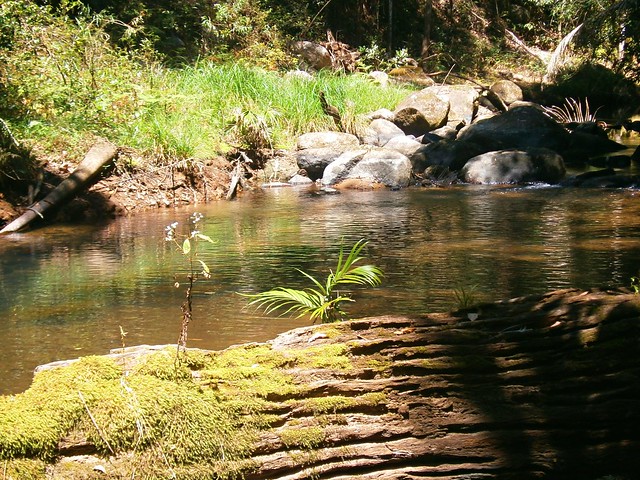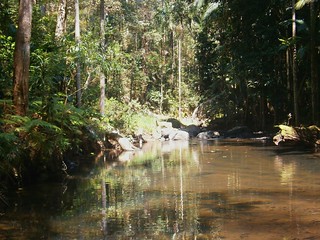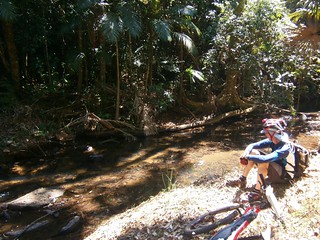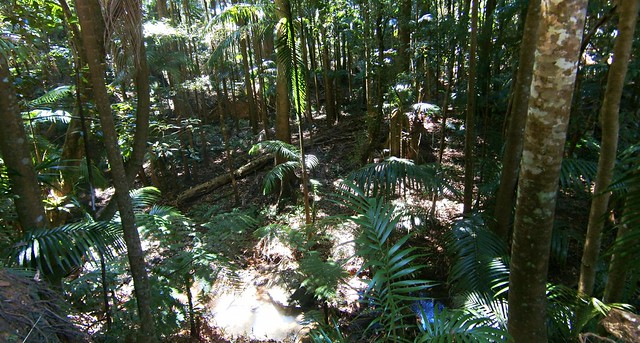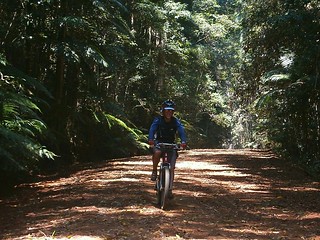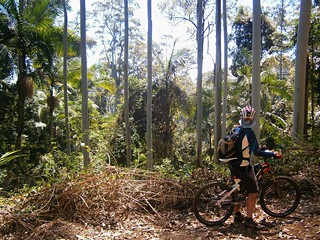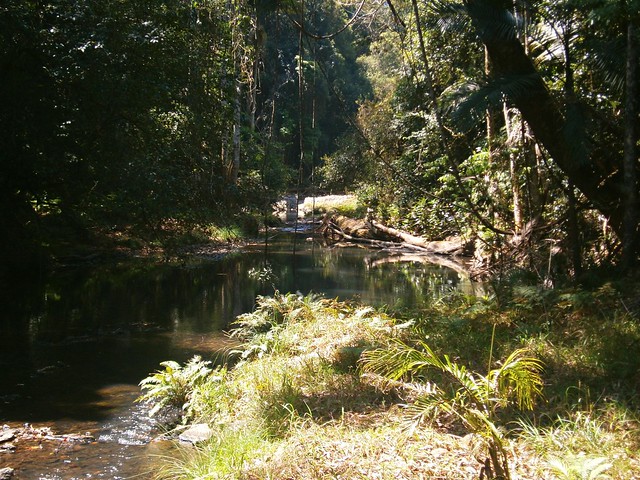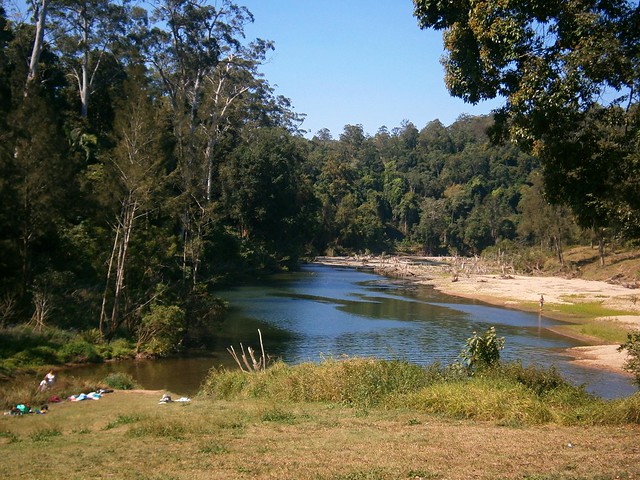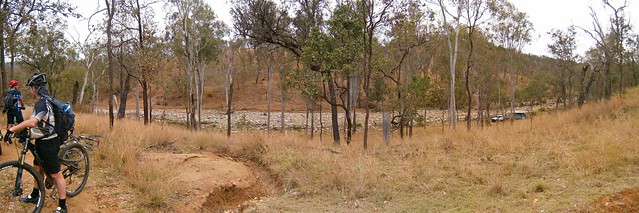There’s a total eclipse of the sun in North Queensland on 14 November, so I brought the family up here to enjoy it. (Stay tuned for pictures in a few days). A lot of people are just flying in, then flying out, but we thought we’d stay the week and do the “tropical tourist” thing.
We’re staying at Palm Cove, half way between Cairns and Port Douglas. It happens to be very close to the centre line of the eclipse, so provided the weather holds out, we should have an ideal opportunity to witness over two minutes of totality.


I wanted to do a bit of mountain biking while I was here, and didn’t want to have to pack my bike and lug it up here, so I spoke with Tor at PD Bike Works who did me a really good deal for the week on a nice GT hard tail.
My first ride for the trip was to the mountain bike trails at Smithfield about 10km south of Palm Cove heading back towards Cairns.

I had arranged to meet another rider at Smithfield, but he didn’t show up at the last minute. It wasn’t a problem though, as by chance I bumped into John who offered to take me on a tour around some of the tracks around Smithfield.

If you don’t have anyone to show you around, there’s a high quality map at the trail head. It’s easy to take a photo of it with your phone, so if you get lost you at least have a map to give you an idea of the layout of the tracks.

A couple of minutes after leaving the trail head, John took me past a dirt jump area containing a large jump called “The Bowl”. Crazy riders shoot down a long run, plummet into the Bowl and see how high they can jump up the other side. There’s a 5m high pole to make it easier to measure the height of the jump. Personally I wouldn’t even need a tenth of that, so whoever does these jumps must be pretty hard-core.
We slowly made our way up to the high point of the ride along a trail named “Cadels”. It’s named after Tour de France champion Cadel Evans who came here as a 19 year old, and rode the trail, and by all accounts nailed it. We then dropped down a gnarly descent called “Jacobs Ladder” – steep, rocky, slippery and a lot of fun.

One of the hazards of riding in the tropics is a particularly nasty plant called the Gympie-Gympie Bush. It is so toxic, contact with it can cause sever debilitating pain, vomiting and even death in some circumstances. So there are lots of signs around the trails warning riders to give the bushes a wide berth.

Much of the park winds through some beautiful rainforest including this track called “Black Snake” which snakes through the rainforest, over some fun jumps and through a couple of creek crossings.

After saying good bye to John, I made my way back to Palm Cove via some trails behind the university, avoiding the main road. On the way back I was impressed by this field full of kangaroos happily grazing beside the road. They didn’t seem to mind me pestering them with my camera.

Back at Palm Cove, what day at the beach would be complete without a family walk along the beach at night?
32km in just over two hours with about 200m of vertical ascent. The Smithfield part of this ride would be a fun outing for anyone who loves mountain biking. The tracks are varied, fun, well marked, and beautifully maintained. If you’re riding there from the north, try to keep to the bike tracks as the roads can be quite busy. I’ll give this one 6 out of 10 on the tough-o-meter.
Total climbing: 242 m
Average temperature: NAN
Total time: 02:49:42
More data


















